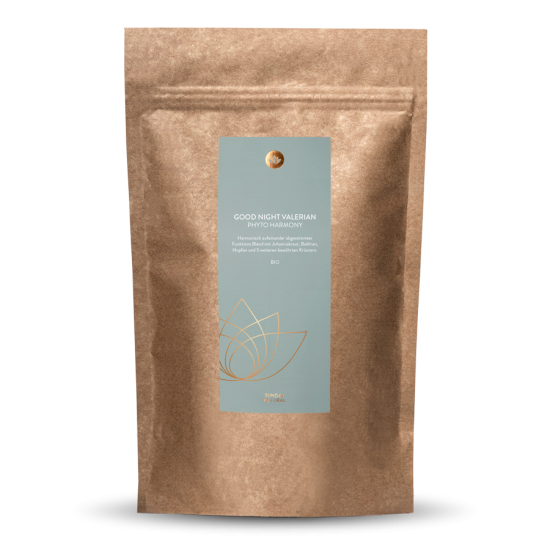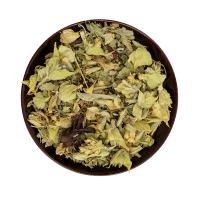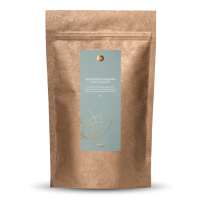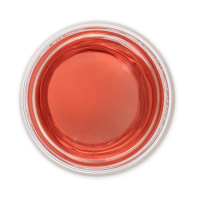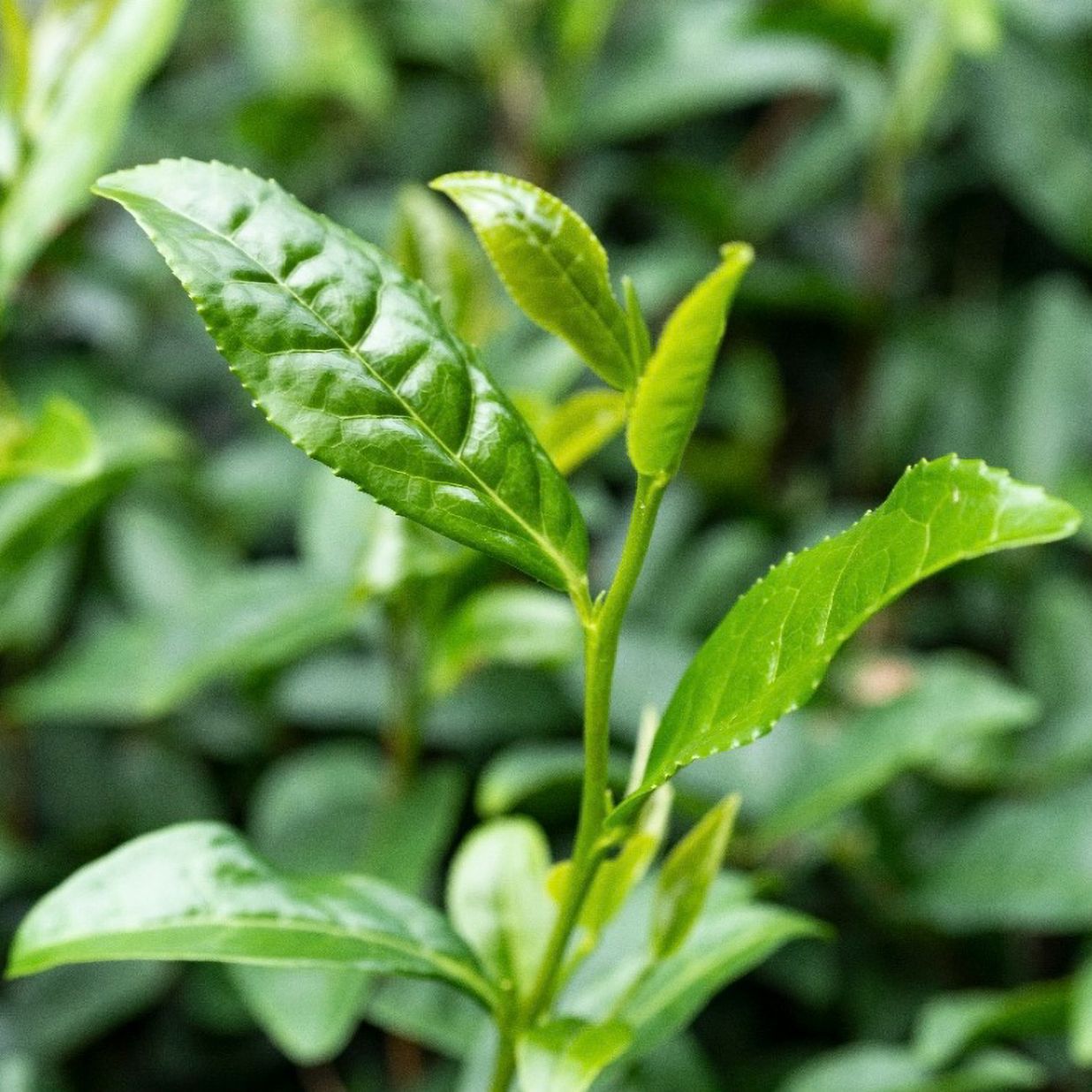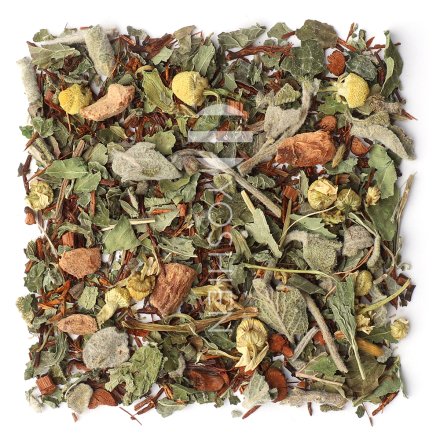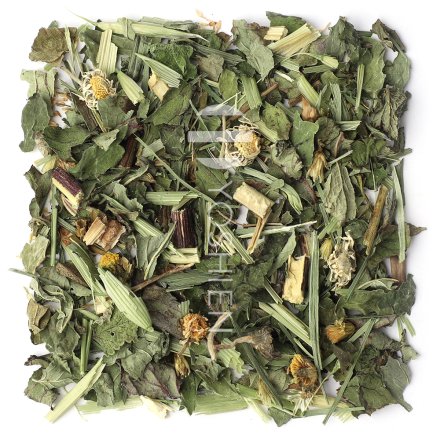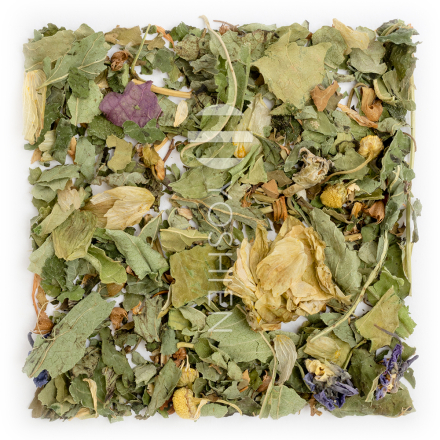ST JOHN'S WORT
This high-quality St John's wort comes from the Olympus Mountains. It is cultivated directly on Mount Olympus, the mythical seat of the ancient Greek gods. It is grown in untouched nature on wild meadows, using knowledge passed down through generations.
SIDERITIS
Authentic Greek mountain tea (Sideritis scardica), sourced from Mt. Othrys, is known for its abundance of anthocyanins. The genus name, Sideritis, is derived from the Greek word "sideros," meaning iron, which historically referred to various plants in the mint family.
PASSIONFLOWER HERB
The plant Passiflora incarnata originates from Central and South America. It was originally used by the indigenous peoples of the Americas, who used it as a medicine and food source. It has since been highly valued for its relaxing properties, as well as its exceptional beauty and versatility.
HYSSOP
Hyssop (Hyssopus officinalis) is a perennial plant from the mint family (Lamiaceae). Between June and September, its bright blue-violet flower clusters bloom and attract bees. For this reason, the plant is also commonly known as “bee herb”. The species Hyssopus officinalis, with its five subspecies, is native to Southern and Eastern Europe, Western Asia, and North Africa. In Central Europe, hyssop has been used as a culinary and medicinal plant since the early Middle Ages.
HIBISCUS
Hibiscus (Hibiscus L.) is native to tropical and subtropical regions. Its cooling character has secured it a firm place in traditional herbal lore, and it has become an beloved ingredient in classic fruit teas.
LAVENDER
Lavender (Lavandula angustifolia) is its own plant genus within the mint family (Lamiaceae). Originally native to the coastal regions of the Mediterranean, lavender was also cultivated north of the Alps by Benedictine monks and can now be found in gardens all across Europe.
HOPS
Hops (Humulus lupulus) originally come from Eastern Europe and Western Asia. They thrive in deep, nutrient-rich soils and prefer sheltered locations along woodland edges, fences, and hedgerows — up to altitudes of 1,000 metres. Hops belong to the cannabinoid hemp family (Cannabaceae), and when it comes to the inviolable brewing laws of beer, they are an essential ingredient. Hops were already in use during the time of Hildegard of Bingen (11th century).
VALERIAN
Valerian (Valeriana officinalis) is found across nearly all of Europe. It grows along the banks of streams and ditches, in damp meadows, and at the edges of woodlands. This perennial herbaceous plant regrows each spring and is known for its abundance of active plant compounds, making it suitable for a wide range of uses. Valerian has been valued since antiquity, and the botanical name Valeriana officinalis is derived from the Latin word “valere”, meaning “to be healthy.”




